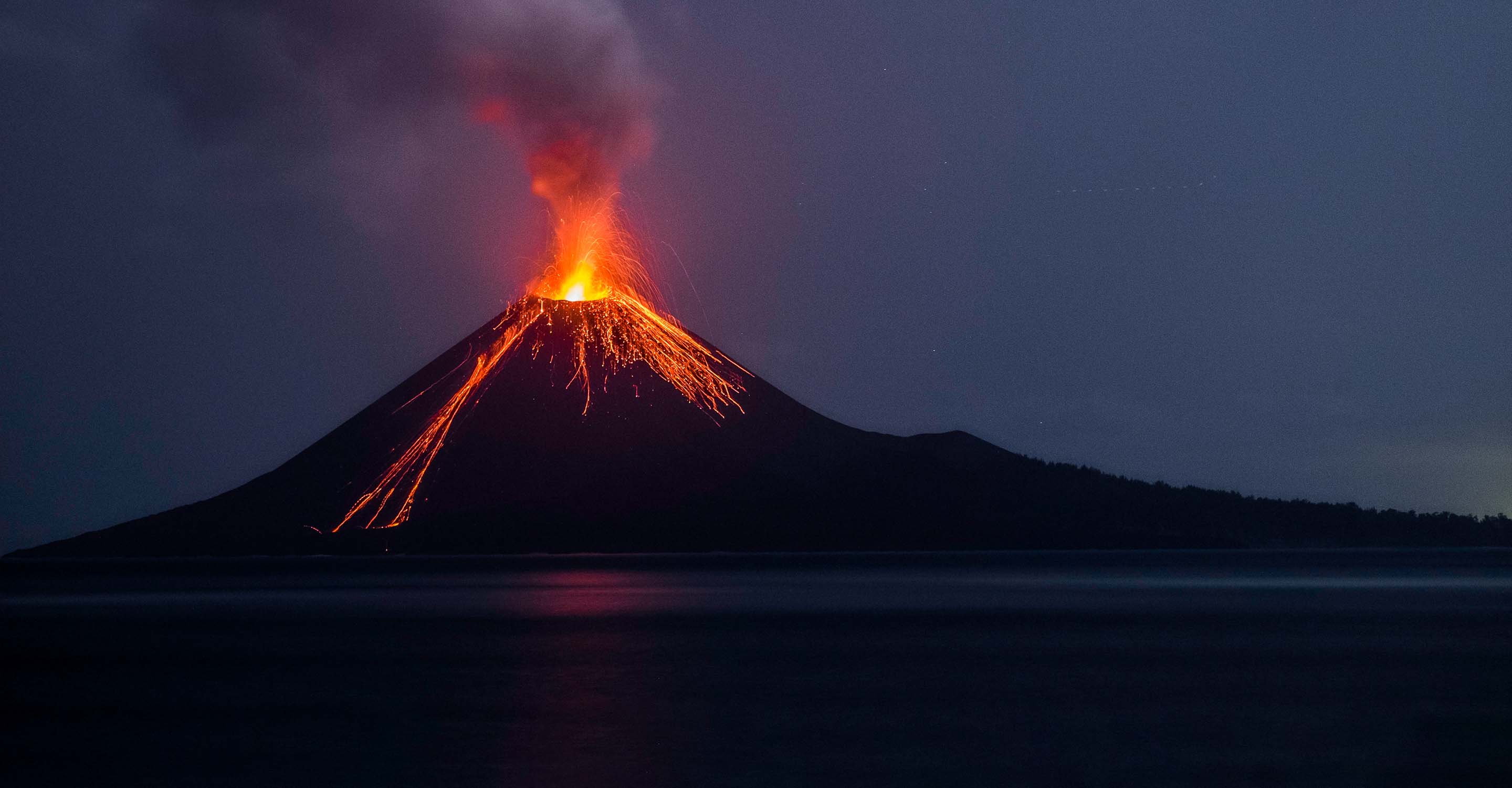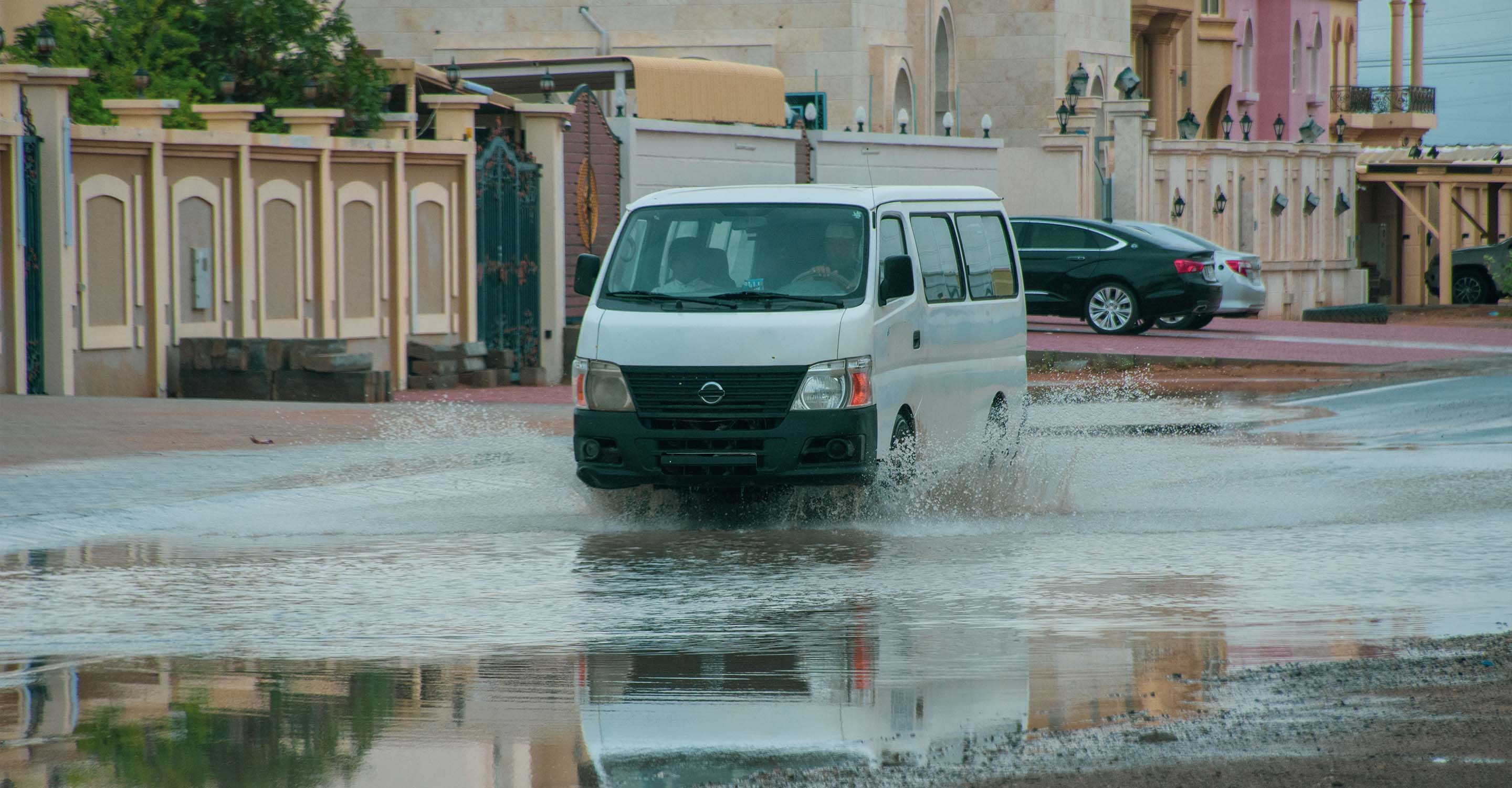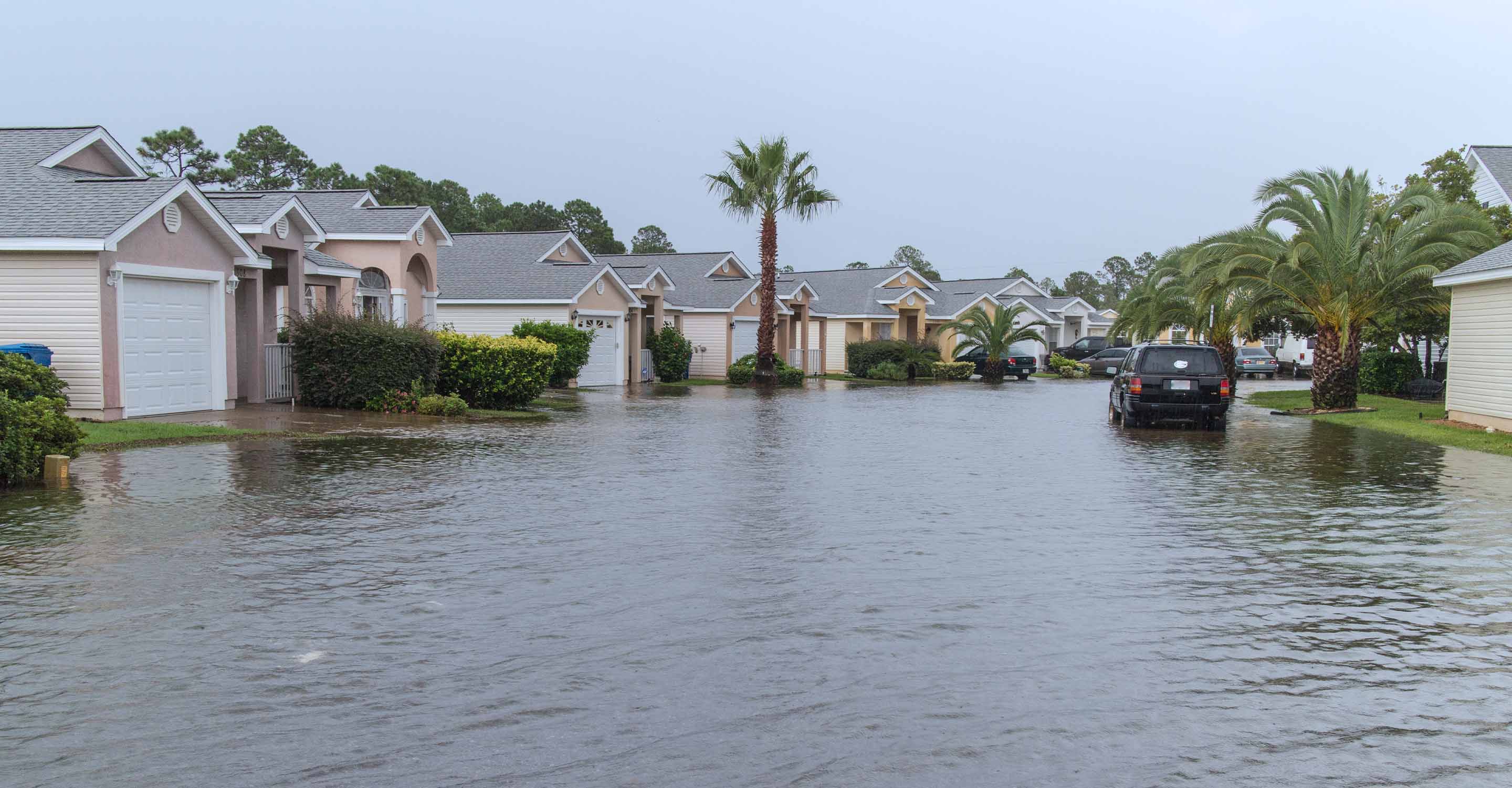Rancagua air quality map
Live air pollution map of Rancagua
195 people follow this city
Full screen
Contributors
1
Stations
2
Contributors category
1
Government
0
Non-profit organization
0
Educational
0
Corporate
0
Individual
0
Anonymous
Most polluted air quality stations
| # | station | US AQI |
|---|---|---|
| 1 | Rancagua I | 37 |
| 2 | Rancagua II | 37 |
community highlight
Rancagua most followed contributors
Health Recommendations
| Enjoy outdoor activities | |
| Open your windows to bring clean, fresh air indoors GET A MONITOR |
Become a contributor
Get an AirVisual Outdoor and contribute to collecting millions of data points for the Rancagua map to track local air pollution
Understand air pollution and protect yourself
Rancagua MAP AIR QUALITY ANALYSIS AND STATISTICS
How much interesting information about air quality is there on the air pollution map for Rancagua?
The map at the top of the main city page acts as a link to a new set of pages which contain all the latest information about air quality.
When the map is first viewed, the overall background colour will be very noticeable because of the solid colouration of it. This colour is a direct reflection of the current state of the air. The full meaning of all available colours can be seen in the legend at the foot of the page. They range from pale green to dark maroon and are standard across the entire IQAir website. In early May 2023, the colour was light red which visually says the air quality is “Unhealthy”.
Some coloured discs will be seen across the page which represent the locations of the ground-level air monitoring stations in and around the city. The colours of the discs follow the same system as before. There is also a number at their centre which is the United States Air Quality Index reading or US AQI for short. This figure is calculated by measuring the levels of six of the most prolific pollutants found in the city air. These are usually both sizes of Particulate Matter (PM2.5 and PM10), ozone, nitrogen dioxide, sulphur dioxide and carbon monoxide. If the discs overlap each other and are difficult to see, the map can be expanded which will separate the discs and make them easier to see.
Each local area can be explored further by selecting the appropriate disc which will open a new set of pages containing all the information collected by that station. The information contained within these pages is constantly refreshed which is very useful when travelling around the local area.
Once the US AQI reading has been established it can be used as a standard when comparing levels of air quality in different parts of the world. The whole system is totally encouraged by the World Health Organisation (WHO).
Looking back at the main city page it can be seen in the coloured banner across the top that in early May 2023, Rancagua was experiencing a period of air quality that was classified as being “Unhealthy” with a US AQI reading of 164. The main pollutant was PM2.5 with a recorded level of 81.5µg/m³ which is over sixteen times the suggested target figure of 5µg/m³ which is recommended by the WHO.
Looking beneath the air pollution map for Rancagua can be seen the number of contributors there are that collect and collate the data about air quality in their area. Currently, there is one contributor who operates two stations on behalf of the city. It is the Ministerio del Medio Ambiente de Chile that operates 86 stations across the whole country.
Are there many more fascinating facts and figures about air quality on the air pollution map for Rancagua?
There are many more fascinating facts and figures awaiting discovery by choosing the icon at the top of the opening page which will then open a new set of pages filled with all this information.
When viewed in this manner, there will be a list of four options displayed on the left-hand side of the screen. These can all be disabled individually to see the effects they each have on the map.
The first option shows the positions of all the ground-level air monitoring stations which can all be explored further on an individual basis.
The second option shows the location of any wildfires there are that might be burning out of control in the region. At the time of writing in early May 2023, there were no such icons on the map. If fires are detected then option four needs to be considered because it shows the speed and direction of the prevailing winds and will give a clear indication of where the ensuing smoke might blow.
Option three will change the background colour of the map to give a visual indication of the current state of the air. When the air quality is poor, the colour will be dark and possibly distracting. In this case, the option could be disabled so the colour of the map reverts to a paler hue which is easier to understand.
On the right-hand side of the screen are more facts and figures about participating cities across the globe. By default, only the top seven most polluted cities are shown but by opening the full-ranking section from there can be seen the rest of the world’s cities in descending order.
Scrolling further beneath the air quality map for Rancagua can be seen the list of the most polluted areas of the city according to the US AQI readings supplied by the stations. Currently, this title is held by the station at Rancagua II with a recorded US AQI reading of 180 which is “Unhealthy”.
The most popular stations are also listed according to the number of followers they each have. This station is Rancagua II with 820 loyal followers.
Is the source of the polluted air shown on the air quality map for Rancagua?
Whilst the source of the air pollution is not directly shown, it is well-known that in the south of Chile which is colder than in the central region, the houses use firewood for heating and smoke/pollution is high because wet or damp firewood is used. Transportation is also a major contributor, followed by industries. Sometimes the source of major pollutants varies due to the geographic locations.
PM10 and PM2.5 are often quoted on the air pollution map for Rancagua, but what are they?
The particles can have a natural and also anthropogenic origin. According to their aerodynamic diameter, they can be classified as being less than or equal to 10 microns (PM10) or being less than or equal to 2.5 microns (PM2.5).
Fine particles (PM2.5) are those smaller than 2.5 microns in diameter. These particles are so small that they can only be detected with an electron microscope. Sources of fine particles include all types of combustion, including motor vehicles, power plants, residential wood burning, forest fires, agricultural burning, and some industrial processes.
Rancagua air quality data attribution
1Contributor
 Ministerio del Medio Ambiente de Chile
Ministerio del Medio Ambiente de Chile2 stations
Government Contributor
1 Data source








